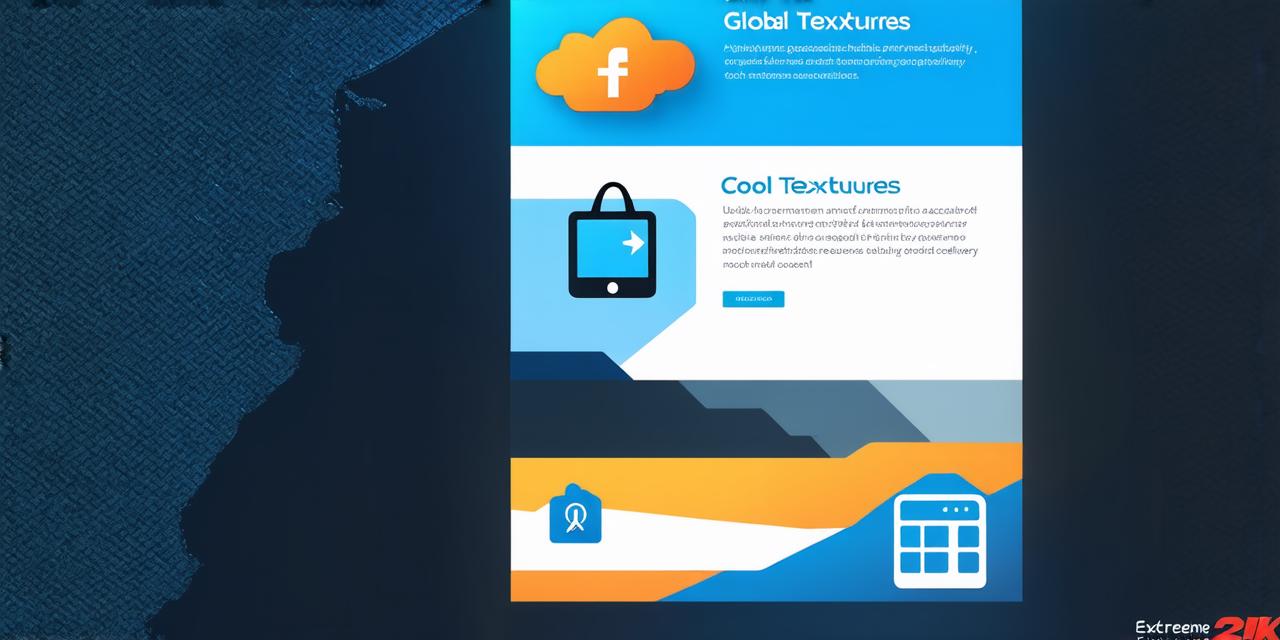In today’s digital world, apps have become an integral part of our lives. They help us perform various tasks and provide entertainment to pass the time. However, app development is not an easy process, and it requires a lot of effort, time, and resources. As a result, many developers are turning to web delivery as a more convenient and cost-effective alternative.
Before we delve into the reasons why developers are opting for web delivery, it is essential to understand the differences between web delivery and mobile apps.
Web Delivery vs Mobile Apps: An Overview
Web delivery refers to the use of a website or web application to deliver content and services to users through their web browsers, while mobile apps are standalone applications designed specifically for mobile devices like smartphones and tablets.
Web Delivery vs Mobile Apps: Pros and Cons
Mobile apps have been popular in recent years due to their convenience and ease of use. They offer a seamless user experience and provide instant access to features and services. However, there are several drawbacks to mobile app development that make it less attractive to some developers.
Firstly, developing a mobile app can be costly, requiring specialized skills and resources. According to a study by Apptopia, the average cost of developing a mobile app ranges from $50,000 to $170,000, depending on the platform and complexity.
Secondly, mobile apps require regular updates and maintenance, which can be time-consuming and expensive. Developers must ensure that their app remains up-to-date with the latest technology and security measures to avoid being hacked or malfunctioning.
Thirdly, mobile apps are not accessible to all users, as some people do not have access to smartphones or internet access. This limits the reach of mobile apps and restricts their potential audience.
Web delivery, on the other hand, is a more cost-effective and accessible alternative. It allows developers to deliver content and services through a website or web application, making it easier to reach a wider audience. Web delivery also requires less maintenance and updates than mobile apps, as developers can make changes to their website without having to release an update for their app.
Reasons Why Developers are Opting for Web Delivery
Now that we have understood the differences between web delivery and mobile apps let’s explore the reasons why developers are opting for web delivery.
Cost-Effective Alternative
The cost of developing a mobile app can be prohibitive for many small businesses and startups, making it an attractive option for those who want to save money. Developers can create a website or web application that delivers the same content and services as their mobile app, at a fraction of the cost.
Accessibility
Web delivery allows developers to reach a wider audience by providing accessibility to users who do not have access to smartphones or internet access. This means that developers can reach more potential customers, increasing their chances of success.
Ease of Maintenance
Web delivery requires less maintenance and updates than mobile apps, as changes can be made to the website directly without having to release an update for the app. This saves developers time and resources, making it a more efficient option.
Flexibility
Web delivery provides flexibility in terms of content and services delivery. Developers can easily add or remove features from their website, making it easier to adapt to changing market needs and customer demands.
Convenience
Web delivery is more convenient for users as they can access the website through their web browsers without having to download an app. This means that users can start using the website immediately without any delays or additional steps.
Case Studies: Examples of Web Delivery Success
To illustrate the benefits of web delivery, let’s take a look at some case studies of successful web-based platforms.
Spotify

is one of the most popular music streaming services in the world, with over 200 million active users. The company started as a web-based platform that allowed users to stream music through their web browsers. However, it later released mobile apps for smartphones and tablets to cater to the growing demand for mobile devices.
Etsy
is an online marketplace that allows users to buy and sell handmade and vintage items. The company started as a web-based platform that allowed users to create their own shops and list items for sale. Over time, Etsy released mobile apps to cater to the growing demand for mobile devices. However, the company still maintains a strong focus on its web-based platform, which remains a significant source of revenue.



